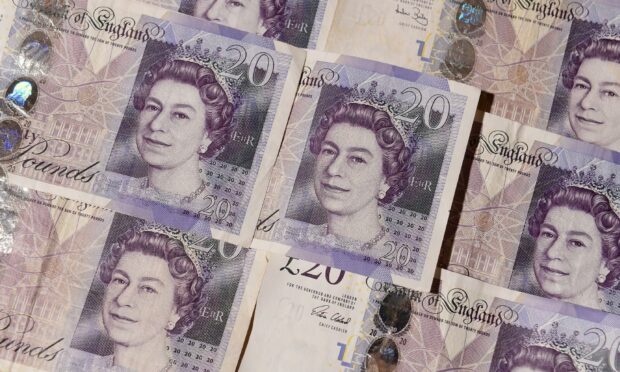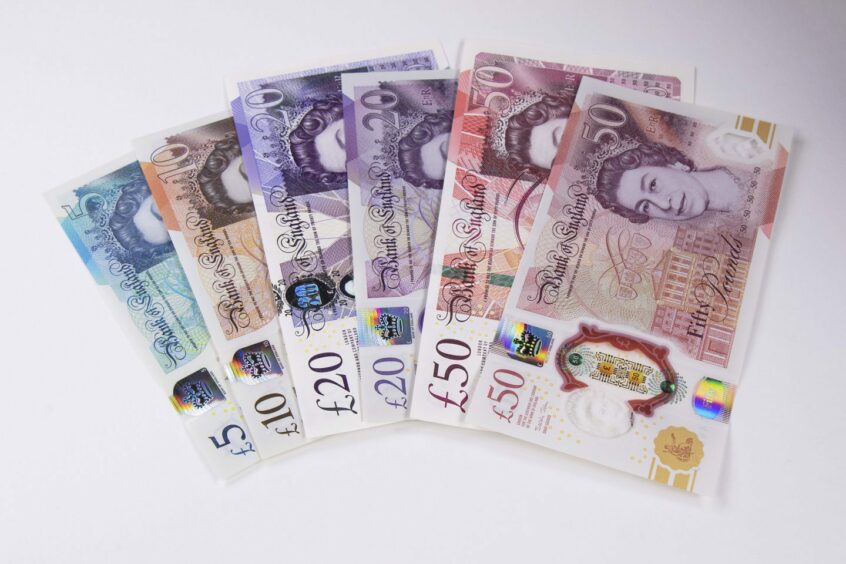People are being encouraged to spend their paper banknotes before they are withdrawn in 100 days time.
All £20 and £50 paper banknotes will be withdrawn as legal tender by the Bank of England, and Scottish banks, on September 30.
The majority of paper banknotes have now been replaced with polymer versions, but more than 460 million £20 and £50 paper notes remain in circulation.
Bank of England has confirmed £6billion worth of £20 banknotes featuring economist Adam Smith still need to be spent, alongside £8billion worth of £50 notes with engineers Boulton and Watt.
The paper notes are issued by Bank of Scotland, Clydesdale Bank and The Royal Bank of Scotland in Scotland.
Once the September 30 deadline has passed, people will no longer be able to spend the paper notes in shops, or use them to pay businesses.
So the money does not go to waste, people are being encouraged to spend the cash sooner rather than later, or deposit it at their bank or post office.
Sarah John, Bank of England’s chief cashier, said: “Changing our banknotes from paper to polymer over recent years has been an important development, because it makes them more difficult to counterfeit, and means they are more durable.
“The majority of paper banknotes have now been taken out of circulation, but a significant number remain in the economy, so we’re asking you to check if you have any at home.
“For the next 100 days, these can still be used or deposited at your bank in the normal way.”
It is also one year since the introduction of the £50 polymer note, which completed the Bank of England’s “family of polymer notes”. The £50 featuring mathematician Alan Turing was issued on what would have been his 109th birthday.

